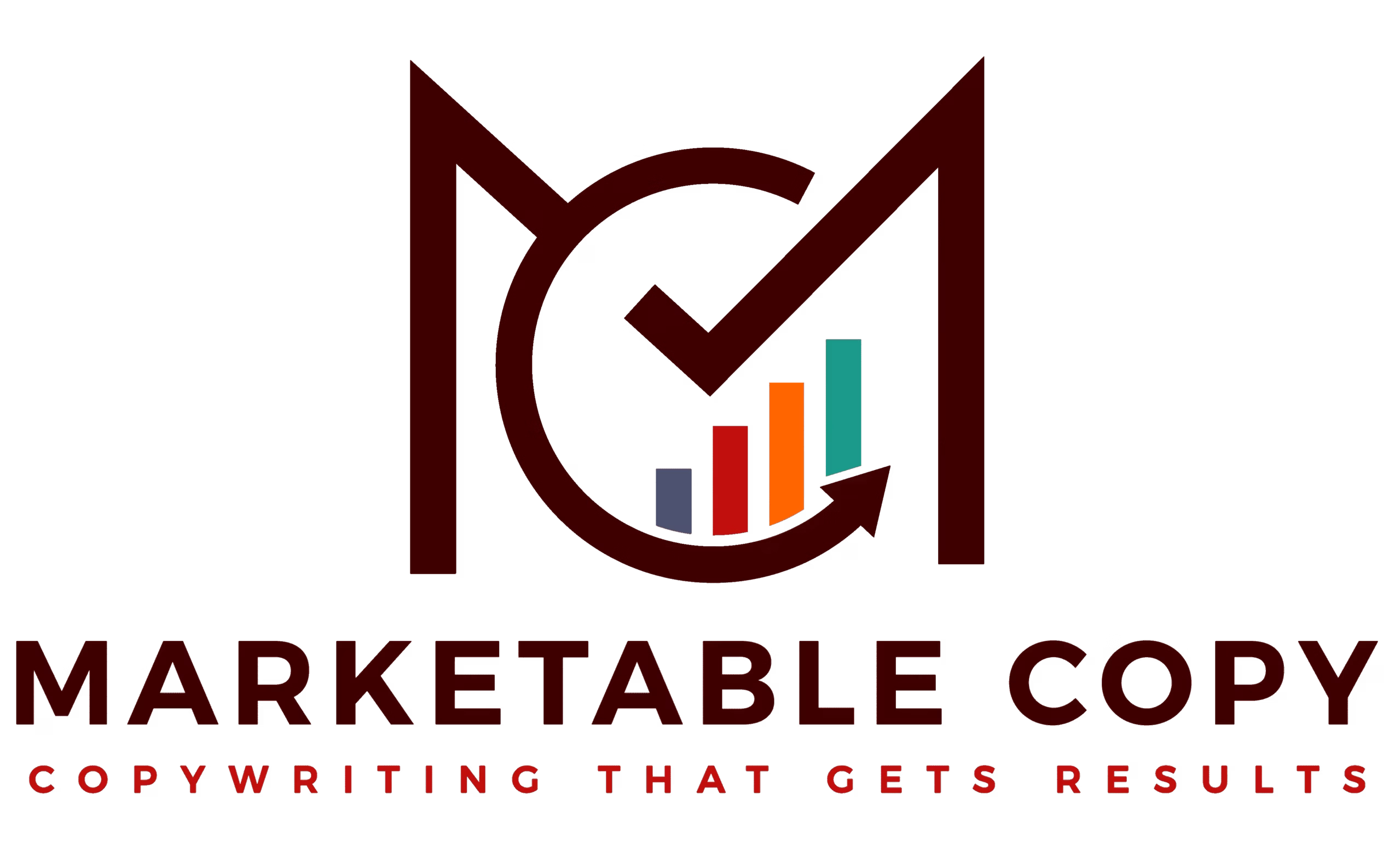When it comes to marketing, it’s easy to get lost in the weeds. There’s so much to consider: the data from your last campaign, the type of media available, the dozens of platforms to distribute said media, and all the social and legal (and linguistic) considerations of creating an effective campaign. Trying to keep it all straight can be maddening.
Fortunately, I’ve discovered 10 simple secrets to creating jaw-droppingly effective campaigns every single time. Prioritize these in your marketing work, and you can’t go wrong. Here are the first five.
1. Know thy audience.
Knowing your audience is the most essential part of building a high-value marketing campaign. Understanding your audience’s demographics, values, likes and dislikes, problems and desires, the language they speak, and how to reach them will determine how you compose and distribute your marketing.
Getting this part wrong will sink your entire campaign, no matter how brilliant it may be. Getting it right, however, can cover a multitude of sins. So, don’t make assumptions here. Do your research. Find out what makes your audience tick. You’ll be glad you did.
2. Set a goal.
Tell me, how often have you heard (or said!) the following statement?
“We haven’t done a big campaign in a while, so let’s get something out there.”
Ugh, gross. This one just screams, “I’m willing to waste everyone’s time!” My response may sound harsh, but it’s true. Without a goal, you might as well be shooting in the dark.
Setting a goal helps your marketing team appropriately focus and prioritize the work. Only want to grow your social media presence by a few followers? Someone can quickly post to your platform with a call to action. Want to do some direct mail acquisition? That’s going to take several weeks of careful planning — and a sizeable budget. Without a goal to state how many people you’re hoping to reach and convert, you’re only wasting valuable resources.
Make your marketing purposeful. Always set a goal.
3. Keep it clear and simple.
Here’s an easy rule of thumb: no matter what your product or organization does, your audience should never know how complicated it is. Never.
That doesn’t mean being opaque or misleading in your marketing. It means boiling all the details down to the simplest, most streamlined explanation possible. People are busy and suffering from pandemic brain. Most of them read on a 6th-grade level and have an 8-second attention span. They are not going to struggle through turgid, Falkner-esqe sentences about technical gadgets or financial products.
Do this: get your product’s value proposition down to a single sentence. If you can’t express it in a single sentence, you’ve got work to do.
Also, if your campaign includes financial figures of any kind, do the math for your audience. Time spent punching a calculator is time that your audience would be using to respond to your campaign. Don’t squander those precious minutes.

In addition, be exceedingly clear about what you want your audience to do. Give them one call to action and urge them to do it today. Don’t hint at what you want, and don’t leave it to your audience to decide — because they’ll decide to do nothing. There’s a reason one of the world’s oldest books states, “Ask and you shall receive.”
4. Use action verbs.
Remember action verbs from 5th-grade English class? They’re the part of the sentence that conveys action: walk, run, jump, taste, give, buy, click, call, drive, etc. If you want your audience to take action on your website or in your direct mail campaign, use action verbs.
I can’t tell you how many times I see websites starting with “XYZ product is an effective solution for engineers seeking to manage their time.” For the love of Ogilvy, please stop this snooze fest. It’s lazy writing. Instead, try something like this: “XYZ product makes time management easy for busy engineers.” Notice the action verb in the rewrite. (Notice that the rewrite reads better, too.)
Action verbs not only give life and interest to your sentences, they also make conveying the benefits of your product easier. Which leads me to….
5. Focus on benefits instead of features.
Ok, so your product has more gadgets than a Swiss Army knife. How does that help solve your audience’s problems?
Sure, people enjoy owning cool stuff. But if that stuff doesn’t meet a need or solve a problem, it won’t survive for long. Instead of listing the features of your product or service, your marketing should tell people the benefits they will gain from it: saving time, living healthier, becoming wealthier, smelling better, looking sexier, etc.
This works in fundraising as well when you connect the audience’s values to a specific outcome. For example: “Your $50 donation will help preserve 10 acres of rainforest for future generations to enjoy.”


Leave a Reply